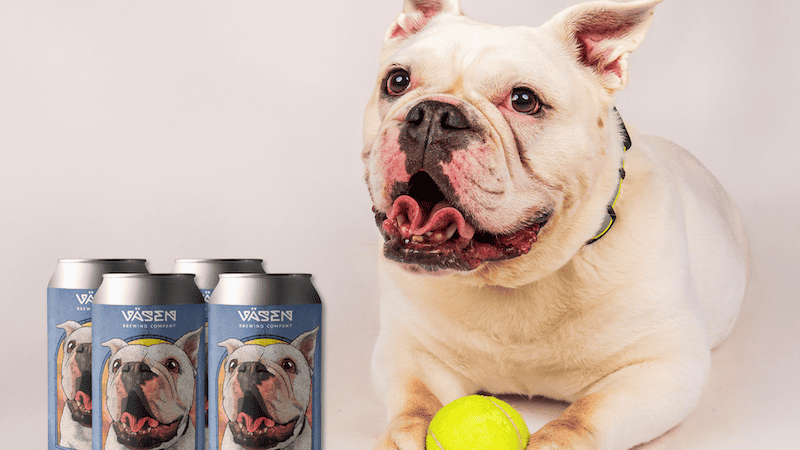Is This Nipping Australian Blue Heeler Beyond Hope?
Worries about a nipping dog and two feuding cats

Pet advisor Cathy M. Rosenthal agrees with future grandma, the Australian blue heeler who nips needs to be controlled, and she advises on a household cat feud that seems unending.
Dear Cathy,
I am heartbroken for my daughter and her fiancé. About a year ago, they adopted a 7-week-old Australian blue heeler. The dog has always been a nipper. Very early on they got a trainer to help stop this bad behavior to no avail. They paid a small fortune to have the dog live with a trainer for five weeks. It helped a little, but the dog does not like a collar and will bite/nip when that is put on him. They recently had a dog walker quit because the dog had bitten him three times. He sent pictures of his bloody hand.
Is there any hope that this dog will stop doing this? I don’t think this dog should be anywhere near children and I worry about future grandchildren. What are their options? I have been nipped a few times as well.
– M.D. Amityville, New York
Dear M.D.
Nipping and biting are fairly common practices for Australian blue heelers. They are herding dogs, which means they nip and bite the flanks of other animals to “herd” them in a particular direction. Even so, you can’t have a dog who nips and bites people, so there are things your family can do to limit this behavior.
First, the dog should learn to control his bite pressure. They can teach him this by offering a treat between their fingers. If the dog gets too rough or mouthy, they need to hold onto the treat and not give it to him. The dog only receives the treat when he offers a soft mouth on their fingers. He will want the treat and will learn quickly what he has to do to get it.
Second, they can act like a hurt puppy whenever he nips them. During puppy play if a puppy gets hurt, he yelps, stops the play, and turns away. This is how puppies learn how to moderate the pressure of their nips and bites.
Your daughter and fiancé should also spend a lot of time training the dog, especially the “leave it” command. That way, if the dog looks like he is about to nip someone, they can tell him to “leave it,” and redirect his behavior to a toy or game.
Australian blue heelers also need a tremendous amount of exercise, so frequent and long walks or games that expend a lot of energy are a must.
Finally, look for triggers and work to reduce them. For example, if the dog nips when the collar is put on, leave the collar on him. (Unless it’s a training collar that must be removed.)
Because the dog is sometimes breaking skin, though, have your daughter consult an animal behaviorist who can determine his triggers and recommend specific behavior modifications that may help. Until the dog moderates his nips and eliminates his bites, he needs to be monitored around everyone, especially children.
Dog adoption: The tale of two heroes
 Dear Cathy,
Dear Cathy,
We rescued a 5-year-old cat last year and named her Millie. We rescued another cat, Lexie, when she was just a year old. She is now nine. She was feral for nine months before she was caught and is very timid.
Lexie always got along with my other cat, who has since passed, but Lexie and Millie don’t get along. They chase each other and hiss and yell at each other. I have even seen them hitting each other with their paws. Lexie spends all day under a bed. We keep them separated with a baby gate when we aren’t home. Every evening and night, we give Lexie a chance to spend time outside of the bedroom.
We don’t want to give Millie back, but we can’t continue to have them not get along and have a baby gate up. They will use the same litterbox and eat out of each other’s dish. But when we tried feeding them on opposite sides of a door, Lexie refused to near her food if she hears Millie.
Do you have any suggestions?
– Arlene, Southington, Connecticut
Dear Arlene,
Cats can take weeks or months to establish their territories and learn to get along. If the baby gate helps, leave it up for now. They can still smell each other and can get used to each other that way over time. Feed them so they don’t see or hear each other and get some feline pheromone spray or plug-ins for the house and a feline pheromone collar for them to wear. Pheromones can relax cats and relaxing them can reduce the friction in the home.
Cathy M. Rosenthal is a longtime animal advocate, author, columnist, and pet expert who has more than 25 years in the animal welfare field. Send your pet questions, stories, and tips to cathy@petpundit.com. Please include your name, city, and state. You can follow her @cathymrosenthal.
© Tribune Content Agency, LLC
Products linked from Boomer to Amazon have been vetted and recommended. As an Amazon Associate, Boomer Magazine earns from qualifying purchases of linked products.


